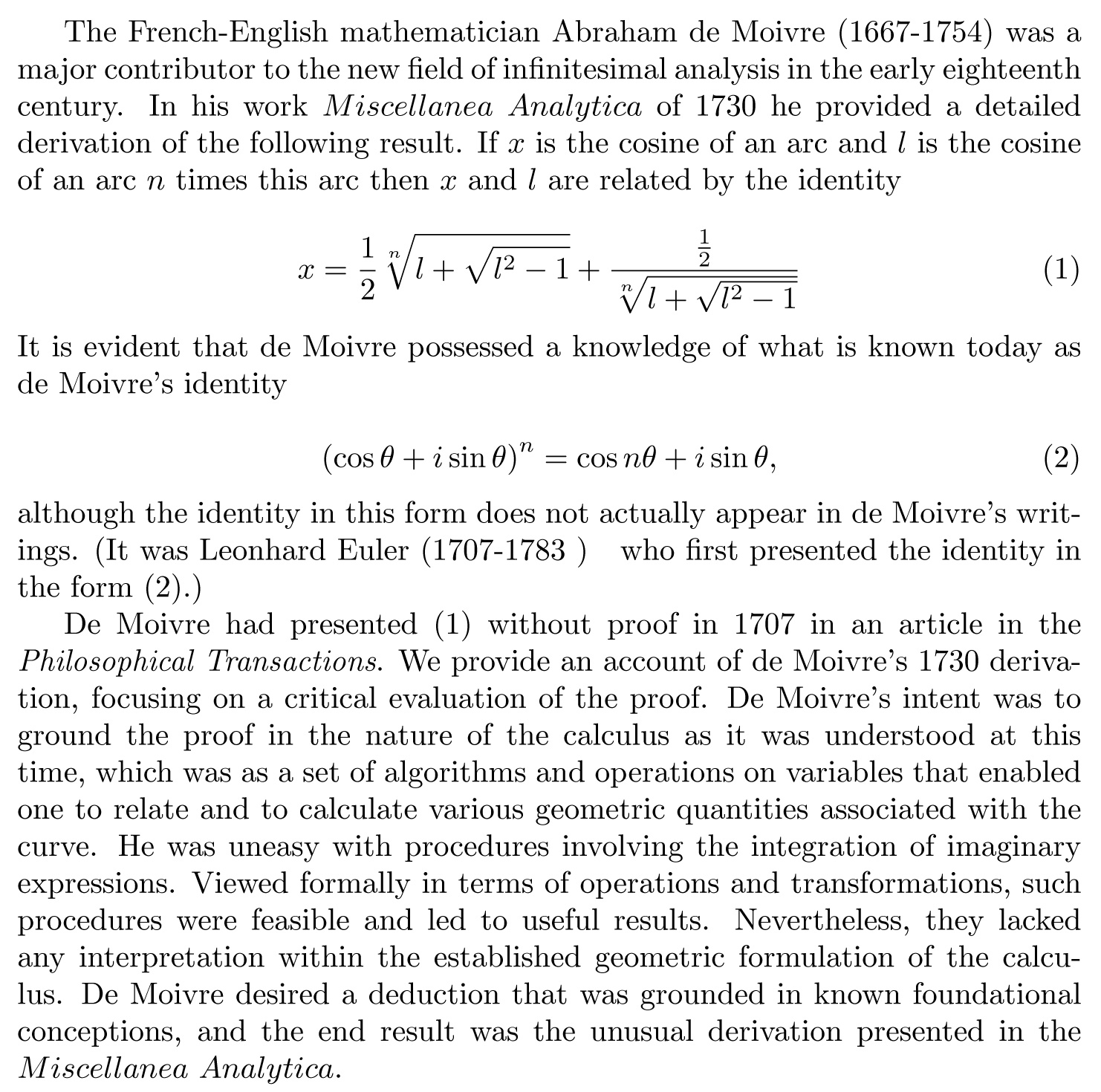| Date: | Wednesday, October 13, 2010 |
| Speaker: | Prof. George P. H. Styan
Department of Mathematics and Statistics McGill University Email: styan at math dot mcgill dot ca |
| Title: | Some comments on old magic squares illustrated with postage stamps |
| Abstract: |
Our interest focuses on old magic squares for which the Moore-Penrose inverse matrix is also magic.
Special attention is given to magic squares from India.
In particular we study a 4 x 4 most-perfect pandiagonal magic square which the sixth-century Indian astronomer, mathematician, and astrologer Daivajna Varahamihira (505-587 AD) apparently devised for making several different varieties of perfume.
We also study some magic squares given by the Jain polymath Thakkura Pheru (fl. 1291-1323) and some given by the Kerala mathematician Narayana Pandita (1340-1400), as well some discovered in temples in Dudhai (Jhansi district), in Gwalior, and in Khajuraho.
We also comment on the magic square depicted in the 1514 engraving entitled Melencolia I by the German painter and printmaker Albrecht Dürer (1471-1528) and explore a connection between Albrecht Dürer and the Italian mathematician and "Father of Accounting" Fra Luca Bartolomeo de Pacioli (c. 1446-1517).
This colloquium is based on joint research with Ka Lok Chu, S. W. Drury and Götz Trenkler and supported, in part, by the Natural Sciences and Engineering Research Council of Canada. |
| Date: | Wednesday, November 3, 2010 |
| Speaker: | Prof. Joseph Malkevitch
Department of Mathematics York College/Graduate Center - CUNY Email: jmalkevitch at york dot cuny dot edu |
| Title: | A Brief History of the Mathematics of Convex Polyhedra |
| Abstract: | Physical examples of polyhedra exist from thousands of years ago, and mathematicians who have studied them include Euclid, Archimedes, Pappus, da Vinci, Descartes, Euler, Cauchy, Steinitz, Coxeter, and Grünbaum. This talk will emphasize the evolution of regularity concepts for polyhedra and the change from viewing convex polyhedra as metrical structures to combinatorial objects. |
| Date: | Wednesday, December 1, 2010 |
| Speaker: | Prof. Karen Parshall
Departments of Mathematics and History University of Virginia Email: khp3k at virginia dot edu |
| Title: | Algebra: Creating New Mathematical Entities in Victorian Britain |
| Abstract: | Analytic geometry and mathematical physics may have interested a majority of mathematicians in Victorian Britain, but algebra also served to focus their mathematical attention. In the century's first half, algebraic work centered on the development of the so-called "symbolical algebra" and the creation of new algebras, while in its second, the theory of invariants dominated and the abstract theory of groups witnessed key developments. Underlying much of this research was the philosophical question of how free mathematicians were to create new mathematical entities. The Victorian British response was ultimately, "quite." |
| Date: | Wednesday, February 2, 2011 |
| [Postponed due to inclement weather]
|
